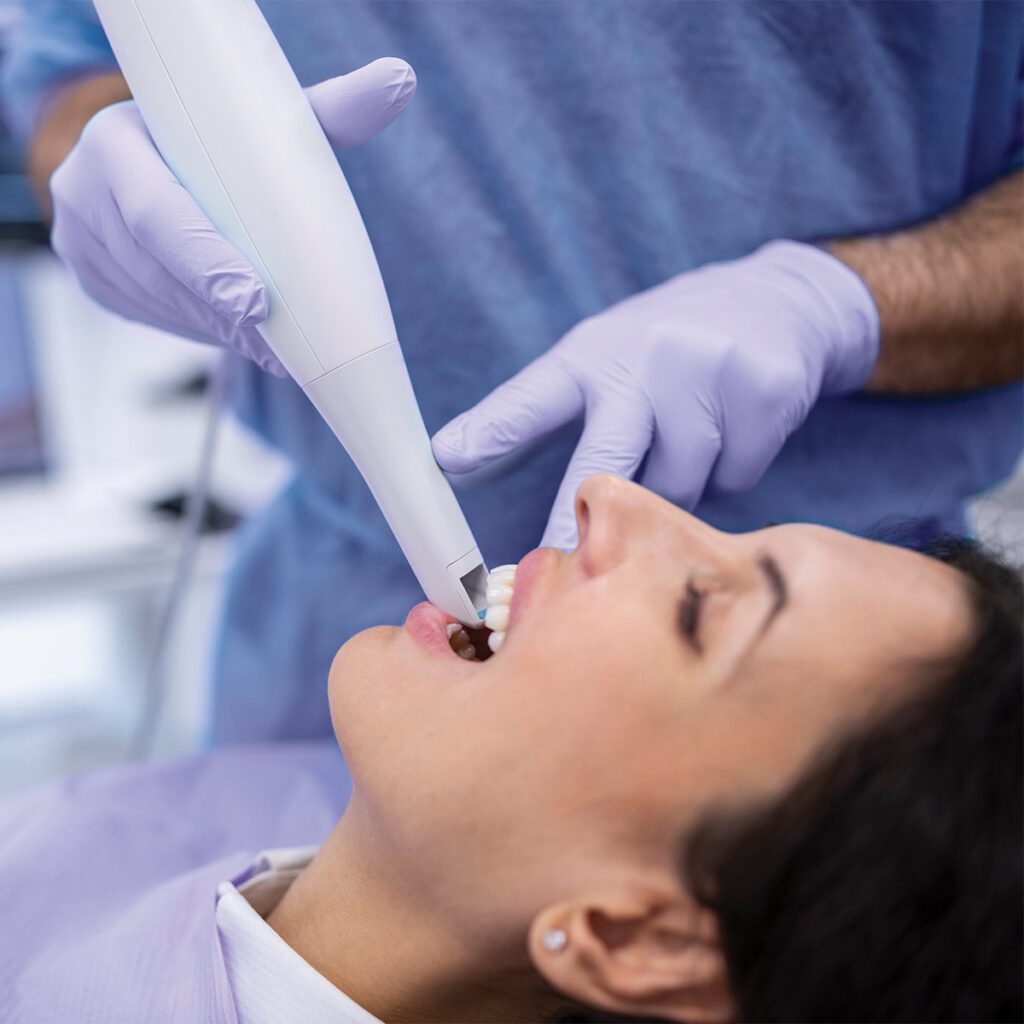Did you know that one in five Americans will develop some form of skin cancer during their lifetime? Did you know that the risk goes up to one in three for Caucasians?
From Causes to Prevention
By Karin Covi, M.D.
Certainly these are startling statistics, but as with many health issues, education is a first step in understanding the causes and a great way to make prevention a priority. Let’s begin with a review of the different forms of skin cancer, their causes, and the warning signs you can recognize, as well as some of the treatments available. Lastly, we’ll take a look at prevention.
Types of Skin Cancer
Basal Cell Carcinoma (BCC)
This is the most common of all cancers in humans, developing in more than 1 million people each year in the U.S. alone. It represents about 80% of all skin cancers and can take several forms:
An Open Sore that bleeds, oozes, or crusts and remains open for a few weeks. A persistent, non-healing sore is a very common sign of an early basal cell carcinoma.
A Reddish Patch or irritated area, frequently occurring on the chest, shoulders, arms or legs. Sometimes the patch crusts. It may also itch or hurt. At other times, it persists with no noticeable discomfort.
A Shiny Bump or nodule that is pearly or translucent and is often pink, red, or white. The bump can also be tan, black, or brown, especially in dark-haired people, and can be confused with a mole.
A Pink Growth with a slightly elevated rolled border and a crusted indentation in the center. As the growth slowly enlarges, tiny blood vessels may develop on the surface.
A Scar-Like Area which is white, yellow, or waxy, and often has poorly defined borders. The skin itself appears shiny and taut. This warning sign can indicate the presence of small roots, which make the tumor larger than it appears on the surface.
Basal cell carcinoma tends to grow slowly and can take years to reach one half inch in size. While these tumors very rarely metastasize (cancer spreading to other parts of the body), dermatologists encourage early diagnosis and treatment to prevent extensive damage to surrounding tissue.
Melanoma
Melanoma is the most serious form of skin cancer; however, if it is recognized and treated early, it is nearly 100 percent curable. If it is not, the cancer can advance and spread to other parts of the body, where it becomes hard to treat and can be fatal. While it is not the most common of the skin cancers, it causes the most deaths.
Melanoma most often develops in a pre-existing mole or looks like a new mole, which is why it is important for people to know what their moles look like and be able to detect changes to existing moles and spot new moles.
Moles, brown spots and growths on the skin are usually harmless — but not always. Anyone who has more than 100 moles is at greater risk for melanoma. The first signs can appear in one or more atypical moles. That is why it’s so important to get to know your skin very well and to recognize any changes in the moles on your body. Look for the ABCDEs of melanoma, and if you see one or more, make an appointment with a physician immediately.
Asymmetry: If you draw a line through this mole, the two halves will not match.
Border: The borders of an early melanoma tend to be uneven. The edges may be scalloped or notched.
Color: Having a variety of colors is another warning signal. A number of different shades of brown, tan, or black could appear. A melanoma may also become red, blue or some other color.
Diameter: Melanomas usually are larger in diameter than the size of the eraser on your pencil (1/4 inch or 6 mm), but they may sometimes be smaller when first detected.
Evolving: Any change — in size, shape, color, elevation, or another trait, or any new symptom such as bleeding, itching, or crusting — points to danger.
Squamous Cell Carcinoma (SCC)
This is the second most common form of skin cancer. Any bump or open sore in areas of chronic inflammatory skin lesions indicates the possibility of squamous cell carcinoma. Usually, the skin in these areas reveals telltale signs of sun damage, such as wrinkling, changes in pigmentation, and loss of elasticity. That is why tumors appear most frequently on sun-exposed parts of the body.
Most SCCs are not serious. When identified early and treated promptly, the outcome is very positive. However, if overlooked, they are harder to treat and can cause disfigurement. While 96 to 97 percent of SCCs are localized, the small percentage of remaining cases can spread to distant organs and become life-threatening.
A wart-like growth that crusts and occasionally bleeds.
A persistent, scaly red patch with irregular borders that sometimes crusts or bleeds.
An open sore that bleeds and crusts and persists for weeks.
An elevated growth with a central depression that occasionally bleeds. A growth of this type may rapidly increase in size.
Causes
Sun exposure is the leading cause of skin cancer. According to the American Cancer Society, “Many of the more than 1 million skin cancers diagnosed each year could be prevented with protection from the sun’s rays.” Scientists now know that exposure to the sun’s ultraviolet (UV) rays damages DNA in the skin. The body can usually repair this damage before gene mutations occur and cancer develops. When a person’s body cannot repair the damaged DNA, which can occur with cumulative sun exposure, cancer develops. In some cases, skin cancer is an inherited condition. Between 5 and 10 percent of melanomas develop in people with a family history of melanoma.
Who Gets Skin Cancer?
Skin cancer develops in people of all colors, from the palest to the darkest. However, it is most likely to occur in those who have fair skin, light-colored eyes, blonde or red hair, a tendency to burn or freckle when exposed to the sun, and a history of sun exposure. Anyone with a family history of skin cancer also has an increased risk of developing skin cancer. In dark-skinned individuals, melanoma most often develops on non-sun-exposed areas, such as the foot, underneath nails, and on the mucous membranes of the mouth, nasal passages, or genitals. Those with fair skin also can have melanoma develop in these areas.
Treatment
There is no one best method to treat all skin cancers and precancers. The choice is determined by many factors, including the location, type, size, whether it is a primary tumor or recurrent carcinoma, the health and preference of the patient, and the preference of the physician.
Almost all treatments can be performed in the physician’s office or in special surgical facilities. Most skin cancer removal can be done using a local anesthetic. Rarely, extensive tumors may require general anesthesia and hospital admission.
Early Detection Is Key
Since skin cancer is so prevalent today, dermatologists also recommend that everyone learn how to recognize the signs of skin cancer, use this knowledge to perform regular examinations of their skin, and see a dermatologist annually (more frequently if at high risk) for an exam. Skin cancer is highly curable with early detection and proper treatment.
Dr. Karin Covi is practicing dermatology with Dr. Rodney Susong in Hixson, TN. She has lived in Chattanooga for the past 18 years. Karin earned her pre-medical bachelor’s degree at Southern Missionary College (now Southern Adventist University) and then spent nearly ten years in Southern California attaining her doctorate in medicine and residency training at Loma Linda University. Photos courtesy of The Skin Cancer Foundation. For more information, please visit www.skincancer.org
Modus Health StepWatch 5




